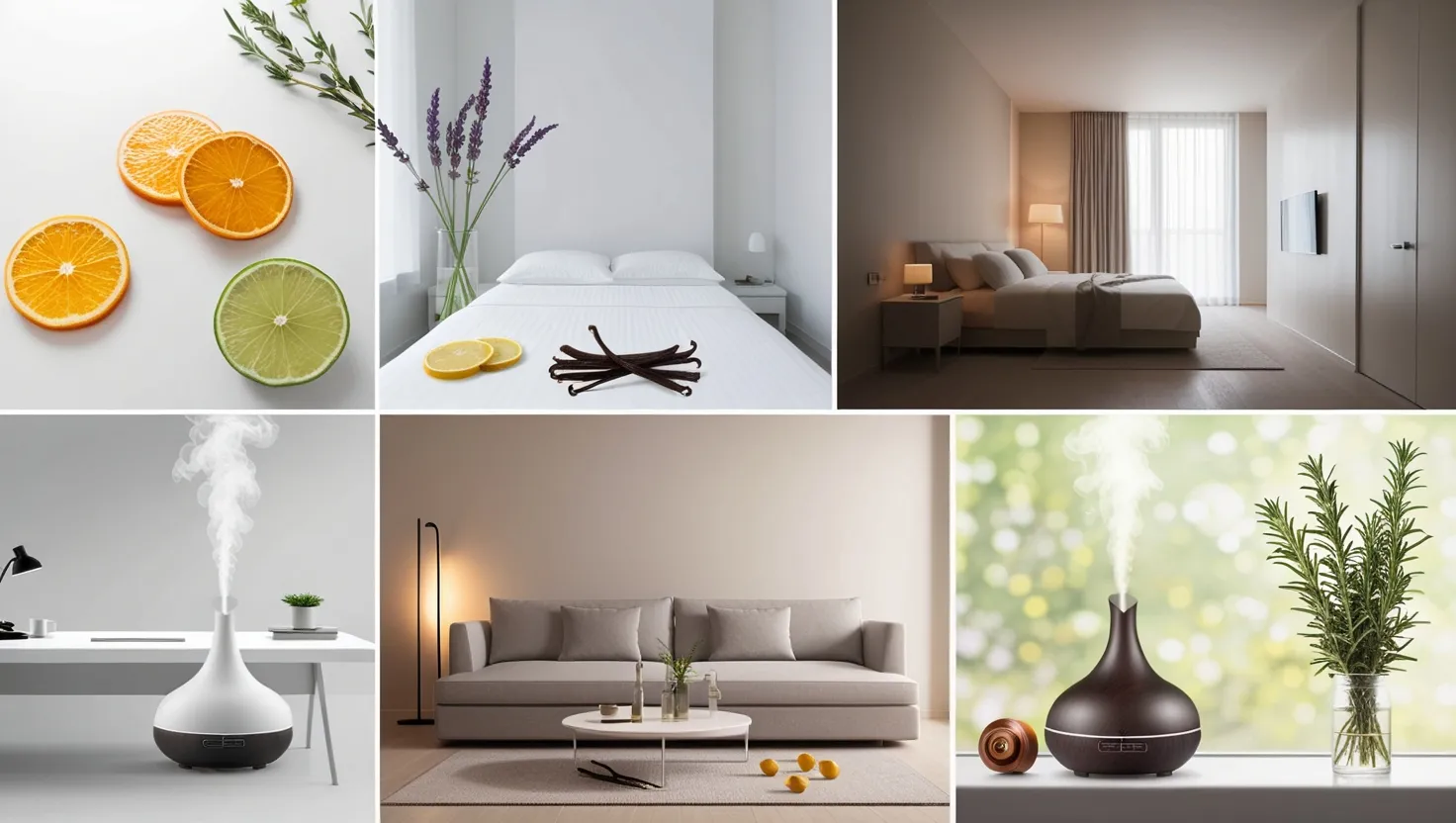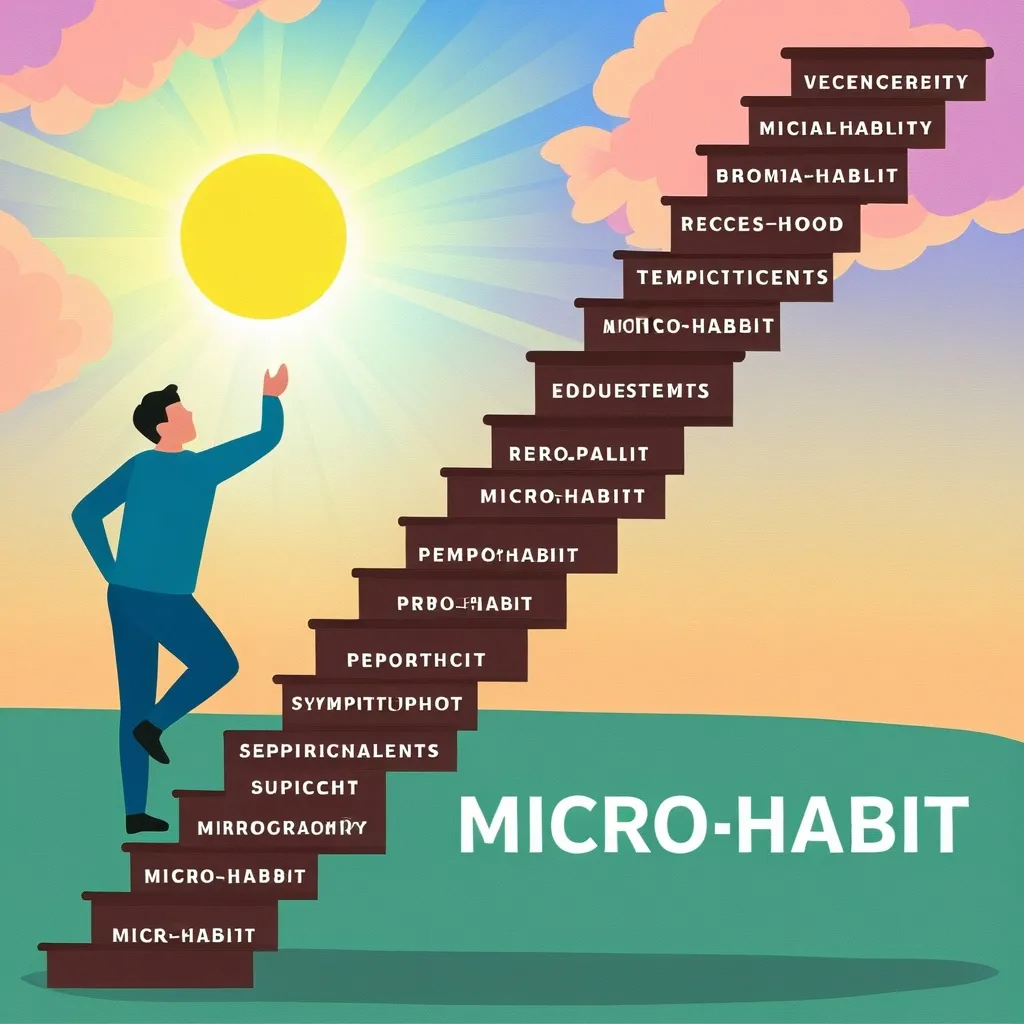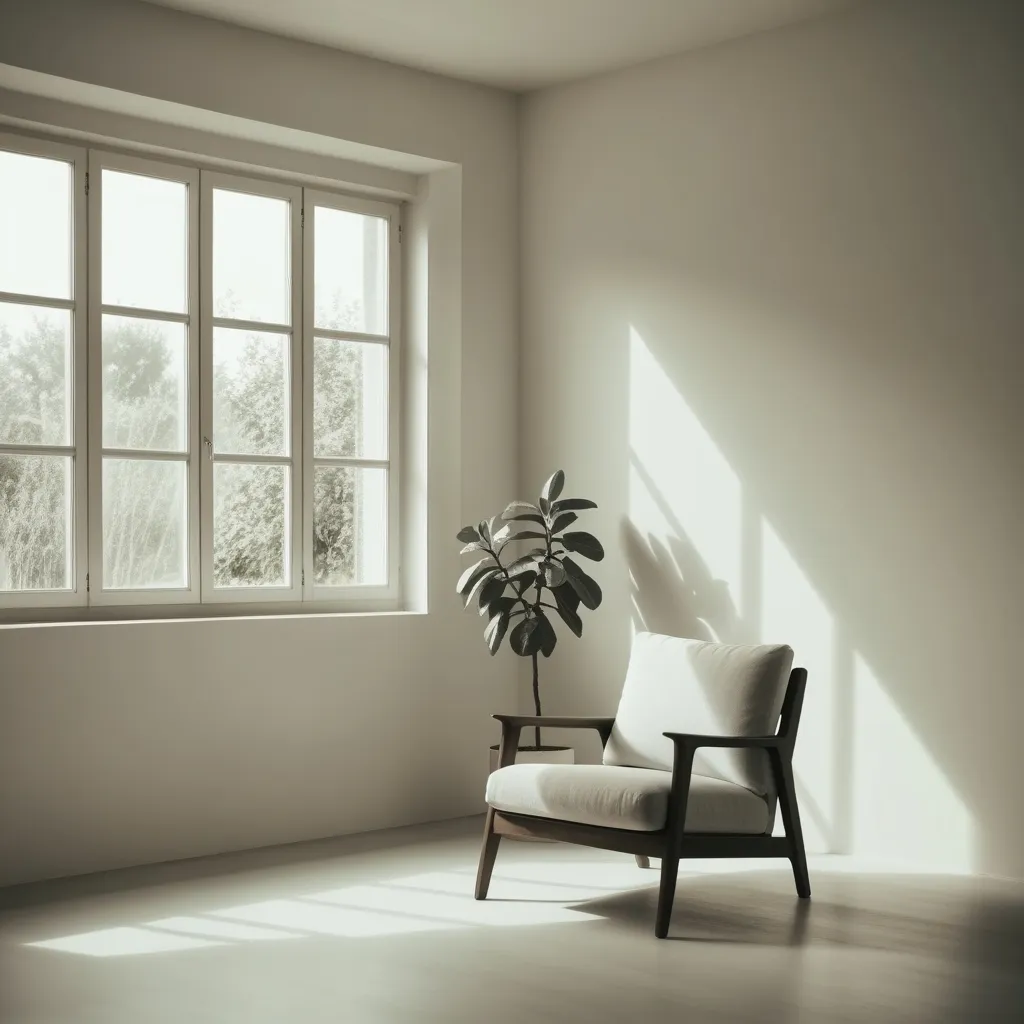What if I told you that the secret to sharper focus, calmer evenings, or even better work-life balance could come from something as simple as scent? We often overlook the power held by our nose. The air around us is full of signals our brains process faster than we realize, shifting our emotions and mental state in ways most of us never actively notice. Creating what I call “scent-scapes” can move us past generic air fresheners and into a world where aromas become active tools for our well-being.
You’ve likely experienced moments when a fragrance seemed to change everything—a burst of orange peel that helps you think clearer, fresh linens that signal it’s time to rest, or the tiny calming pause triggered by a hint of lavender. These aren’t accidents of memory. Our sense of smell connects directly to the limbic system, the seat of emotion and memory. When I began experimenting with intentional scent design in my spaces, I realized the potential was far greater than simply making a room smell nice—it was about reengineering my environment to shape how I felt, thought, and performed, hour by hour.
Let’s start with the building blocks: location-specific scent zones. By assigning distinct aromas to each area of your home or workspace, you can reinforce the purpose of each space and train your brain to shift gears with minimal effort. For instance, I use citrus or peppermint near my desk. Why? Both are proven to increase alertness and mental stamina, making it easier to power through long tasks with fewer mistakes. In fact, studies show that error rates can drop noticeably in citrus-scented offices, and people feel more mentally resilient. Bedrooms, on the other hand, call for relaxation: lavender and chamomile are my go-tos. The mere act of stepping into a lavender-scented room tells my body it’s time to wind down, let go, and sleep more deeply. In living areas, vanilla or sandalwood fosters a sense of warmth and calm, which helps everyone to relax and be more present together.
“What is a weed? A plant whose virtues have not yet been discovered.” — Ralph Waldo Emerson
The next step in scent-based design is synchronizing aromas with your natural energy cycles—a sort of chrono-aromatherapy. Our alertness and moods rise and fall throughout the day, following rhythms hardwired into us. So, why stick to a single scent all day? In the morning, I cue up rosemary or eucalyptus to signal that it’s time to be productive. Rosemary, especially, seems to wake up a sleepy brain, making memory and attention flow more freely. As afternoon arrives and my focus starts to falter, I pivot to lighter, floral notes like jasmine. These lift my mood but don’t overstimulate. When evening starts creeping in, the ambiance shifts again. Earthy scents, such as cedarwood or vetiver, encourage my mind to slow and transition toward rest. With smart diffusers and basic timers, you can automate these scent shifts, letting your environment follow your body’s needs rather than fighting against them.
Have you ever wondered if it’s possible to build better habits without sheer willpower? This is where micro-scent triggers come in. By consistently pairing a specific aroma with a certain activity, you can literally “train your brain” so the scent alone becomes a shortcut to the desired state of mind. When I want to dive into focused writing, the smell of bergamot signals that deep work is about to begin. If it’s time to exercise, I might switch to pine, which has an invigorating effect that gets me moving. Over time, your mind starts to associate those scents with the respective actions—making it easier and faster to settle into the right mindset, with less internal resistance.
“Nothing is more memorable than a smell… One scent can be unexpected, momentary and fleeting, yet conjure up a childhood summer beside a lake in the mountains.” — Diane Ackerman
You’re probably used to hearing about visual or auditory cues for transitions, like turning on certain lights at night or playing specific playlists. But why not use scent to mark the shift between one activity and the next? I set up “transitional scent markers” in my day: a quick mist of lemon when moving from analytical tasks to creative ones or a warm spice note to signal the end of the workday. These tiny olfactory nudges help keep work and personal life distinct—especially useful in shared or multi-use spaces where boundaries tend to blur. It’s a subtle way to give your mind a cue: “It’s time to change gears now.”
Of course, managing stress is one of the key reasons many people turn to fragrance in the first place. But with recent advances, we can now design systems that respond to our bodies, not just our clocks. Biometric scent diffusion uses wearable tech to detect rising stress signals—like a surge in heart rate or increased skin conductivity—and instantly releases calming aromas such as lavender or frankincense. It’s like having a silent, invisible assistant who sense when you’re becoming overwhelmed and steps in to help before you even notice. This technology isn’t some science fiction fantasy; it’s beginning to appear in wellness gadgets and high-end workplace settings. Imagine the impact: our environment doesn’t just look after our comfort—it steps in to help keep us balanced whenever tension threatens to derail our day.
So why does this all work so well? The neural pathways between your nose and limbic system are among the most direct in your body. Unlike sights and sounds, which get routed through multiple “processing centers,” smells can provoke emotional or cognitive changes almost instantaneously. That’s why the right aroma can take you from frazzled to focused—or from alert to at-ease—almost as if by magic.
Ask yourself: which spaces in your life consistently leave you feeling unfocused, tense, or tired? What if the atmosphere in those places could be adjusted as easily as turning a dial, just by using scent? I’ve found that paying conscious attention to my olfactory environment has led to real, measurable improvements in my productivity, my ability to recover from stress, and the overall harmony in my home. Even my sleep has grown more restorative.
“Smell is a potent wizard that transports you across thousands of miles and all the years you have lived.” — Helen Keller
We live in a world dominated by screens, noise, and visual overload. Yet, it’s our “invisible” environments—the ones we take in with every breath—that shape our experience in ways we’re only beginning to understand. Scent is more than background—it’s the silent architect of mood and mental clarity. With intention and a little experimentation, you can transform your everyday routines, not just by changing what you do, but how you feel while doing it.
If you walked into my workspace right now, you’d notice the bright snap of grapefruit or peppermint in the air. In my downtime corner, sandalwood grounds the atmosphere. The kitchen holds a hint of basil or lemongrass. These aren’t accidents or afterthoughts. They’re part of a carefully crafted scent-scape meant to support my goals, elevate my mood, and provide invisible guardrails throughout the day.
Curious about how this could work for you? Try observing how you feel in different scented spaces, then start small—maybe a diffuser at your desk or a spritz of lavender before bed. Notice the subtle but accumulative differences. Ask yourself: is my environment working for me or against me? I believe that with the right scent-scape, the answer can always be the former, letting you harness the hidden potential of your nose for clearer thinking, calmer transitions, and greater emotional balance.
“Odors have a power of persuasion stronger than that of words, appearances, emotions, or will.” — Patrick Süskind
A life designed with scent isn’t just about pleasure; it’s about utility, well-being, and the power to shape your day, breath by breath. We may not control every element of our surroundings, but we can craft our own aromatic toolkit—a silent, supportive presence, ready to guide, uplift, and ground us, all without saying a word.






